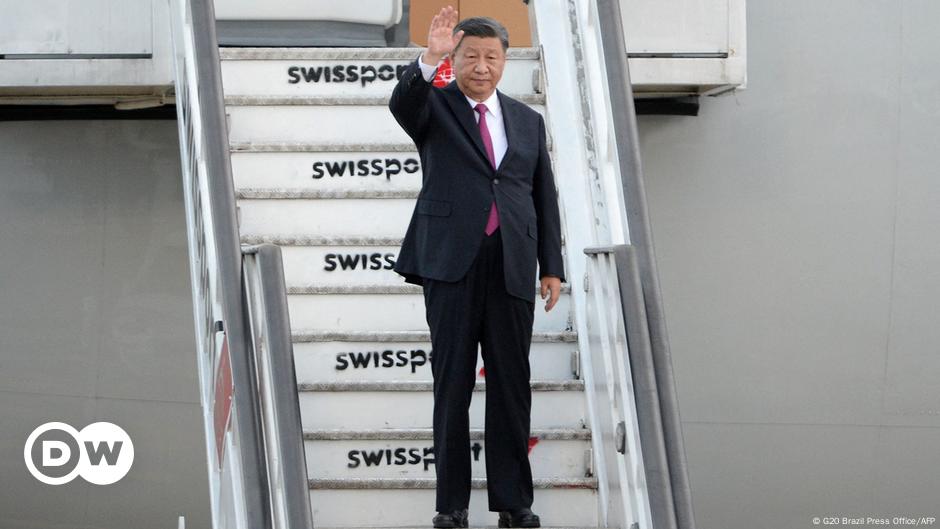The US dollar’s renewed surge is reshaping the global financial landscape, hitting emerging markets particularly hard and forcing central banks to defend their economies.
The dollar’s strength shows in the numbers, with the Dollar Index climbing 0.44% against major currencies. This surge affects everything from your grocery bills to international trade deals.
Three key factors drive this dollar dominance. First, the US economy remains surprisingly strong. Second, inflation refuses to back down completely.
Third, political uncertainty, including Trump’s return, adds fuel to the dollar’s rise. The dollar’s muscle-flexing creates a domino effect.
When the US dollar strengthens, other countries face higher import costs and inflation pressures. This forces their central banks to make tough choices between supporting growth and protecting their currencies.
 Dollar Stabilizes at R$ 5.67 Amid Fiscal Scenario and US Interest Rate Tug-of-War. (Photo Internet reproduction)
Dollar Stabilizes at R$ 5.67 Amid Fiscal Scenario and US Interest Rate Tug-of-War. (Photo Internet reproduction)Indonesia exemplifies this challenge. Their central bank kept rates at 6%, trying to balance between protecting their currency and avoiding economic slowdown.
Brazil took a more aggressive approach, hiking rates to 11.25% to defend against inflation and currency weakness. Federal Reserve governor Michelle Bowman’s recent comments suggest US rates will stay higher for longer.
This stance means continued pressure on global currencies and economies, affecting international trade and investment decisions.
This isn’t just a story about exchange rates – it’s about how the dollar‘s strength affects everyday life, from the cost of imported goods to the value of your savings.
As the world’s financial systems adjust to this reality, both businesses and consumers need to prepare for the consequences.
The coming months will likely see more central banks forced to respond, potentially leading to higher borrowing costs and economic adjustments worldwide.
In short, this shift matters for anyone who buys imported goods, travels abroad, or holds investments in foreign markets.

 By The Rio Times | Created at 2024-11-21 09:44:04 | Updated at 2024-11-24 13:09:04
3 days ago
By The Rio Times | Created at 2024-11-21 09:44:04 | Updated at 2024-11-24 13:09:04
3 days ago








